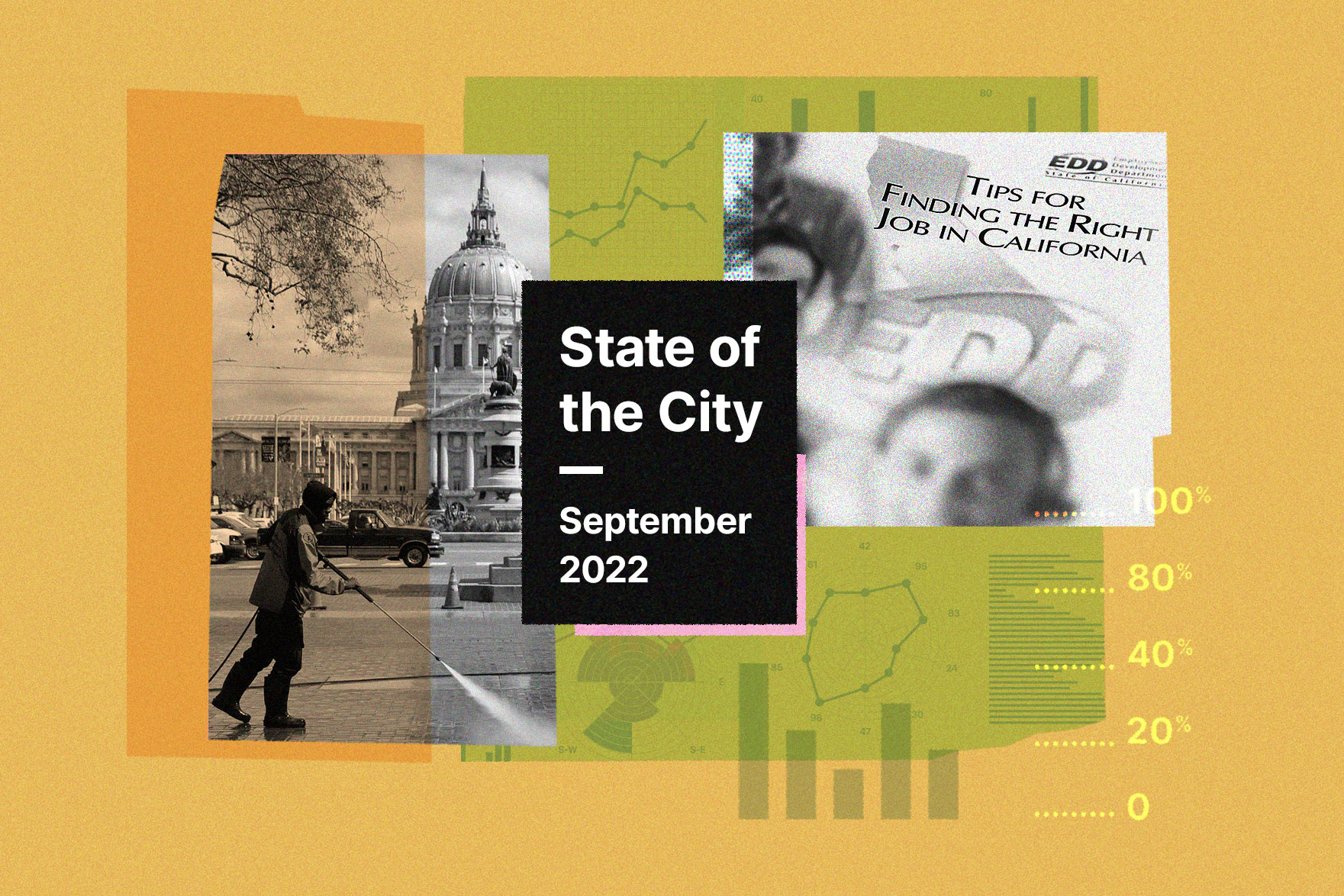Editor’s Note: Every month, The Standard’s “State of the City” dashboard analyzes the outlook for San Francisco by monitoring data on the city’s economy, health, crime, housing and other key performance indicators.
With unemployment at a record low, thousands of new jobs and a labor force nearing pre-pandemic heights, most cities would love to have San Francisco’s labor market.
Except for the layoffs.
What began as a trickle has turned into a gusher: This week, the odometer ticked past 10,000 SF layoffs since January by more than 100 organizations.
The Standard began tracking layoffs in January. The database extends beyond the technology sector to include layoffs at all San Francisco companies as well as cuts made to SF staff by companies based elsewhere.
But with San Francisco unemployment under 2%, how big a problem is 10,000 layoffs?
“The layoffs you’re seeing must be offset by strong hiring,” says Ted Egan, Chief Economist at SF’s Office of the Controller, whose team produces monthly reports on the state of the post-pandemic SF economy. “The latest data is showing a very strong labor market.”
Indeed, Egan points to data showing nearly 7,700 jobs were added in SF in July alone, placing the city within striking distance of its pre-pandemic workforce. The vast majority of these jobs are information and professional services—the exact type of positions that were cut by other firms during the year.
A bigger concern? The shrinking number of startups in town to create these new jobs. PitchBook shows the venture dollars that flowed into San Francisco startups in August were less than one-quarter of the $6.0 billion invested in January.
Despite the drop in funding, the number of VC deals held steady between July and August, which is good news because SF needs to keep attracting these young companies to fill the office space held by its deeply challenged commercial real estate sector.
Will San Francisco’s job growth continue to outrun its losses? Egan says he’s watching the data closely.
“There are a lot of reasons why we might see a slowdown in jobs, but we’re not seeing that yet.”
State of the City: September 2022
The Latest Indicators Impacting the Outlook for San Francisco
SF Stocks
Public companies that laid off employees in the past month were rewarded with a stabilization or slight rise in share price.
Consumer Prices
U.S. inflation appears to have peaked at 9.1% in June with a drop to 8.5% annual rate in June. Local inflation rates for San Francisco will be with August data on Sept. 13.
Gas Prices
Motorists continue to cheer the rapid drop in gas prices. In SF, drivers watched gallon prices drop to $5.20 at the end of August.
Monkeypox Cases
The virus now referred to as MPX may have been tamped down. Only one case was reported last week in the city.
Property Crime
Theft and other types of property crime in SF have dropped from a summer peak in June.
Violent Crime
The number of violent crime incidents remained flat compared to last month and to the same period in 2021.
